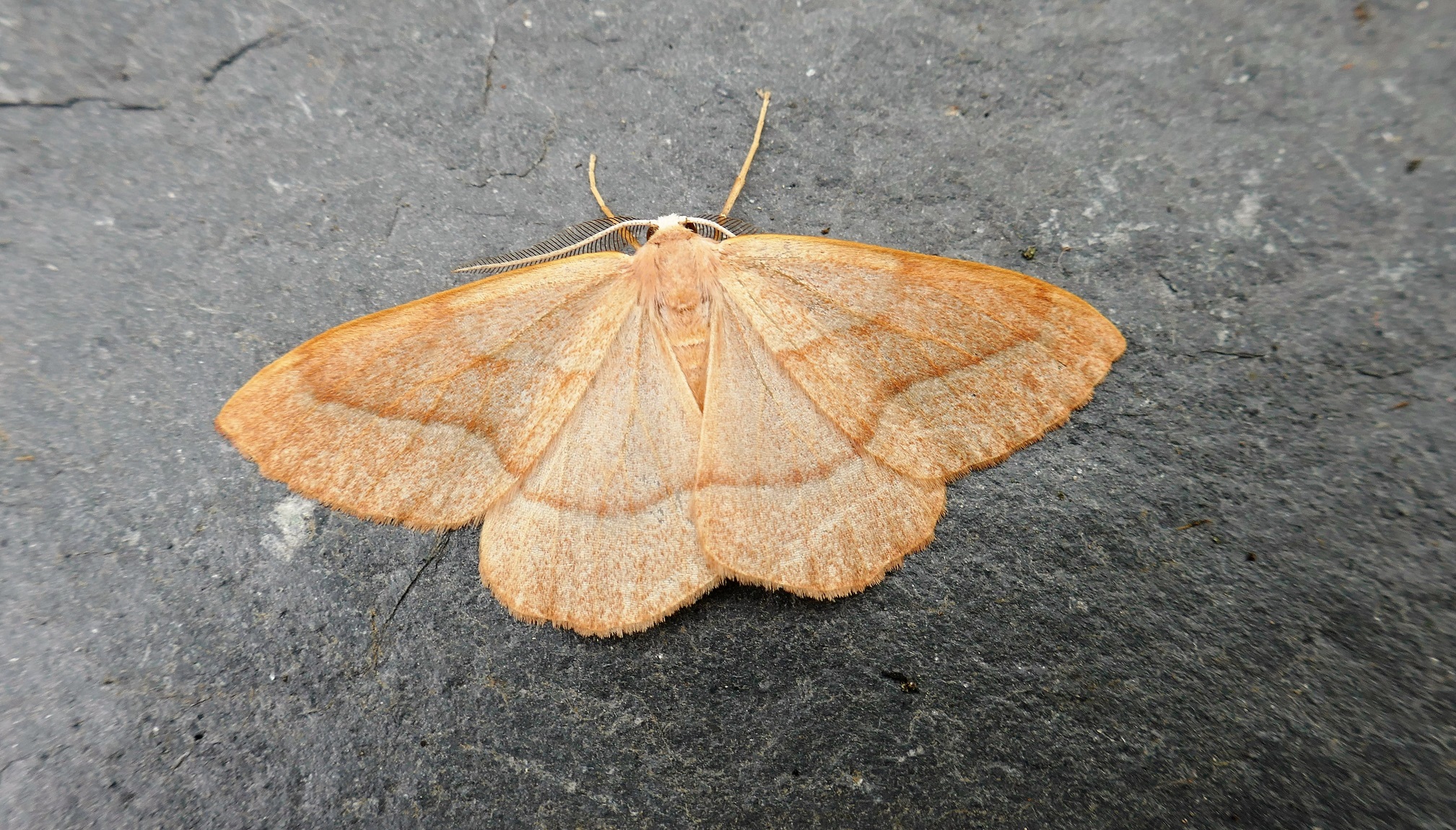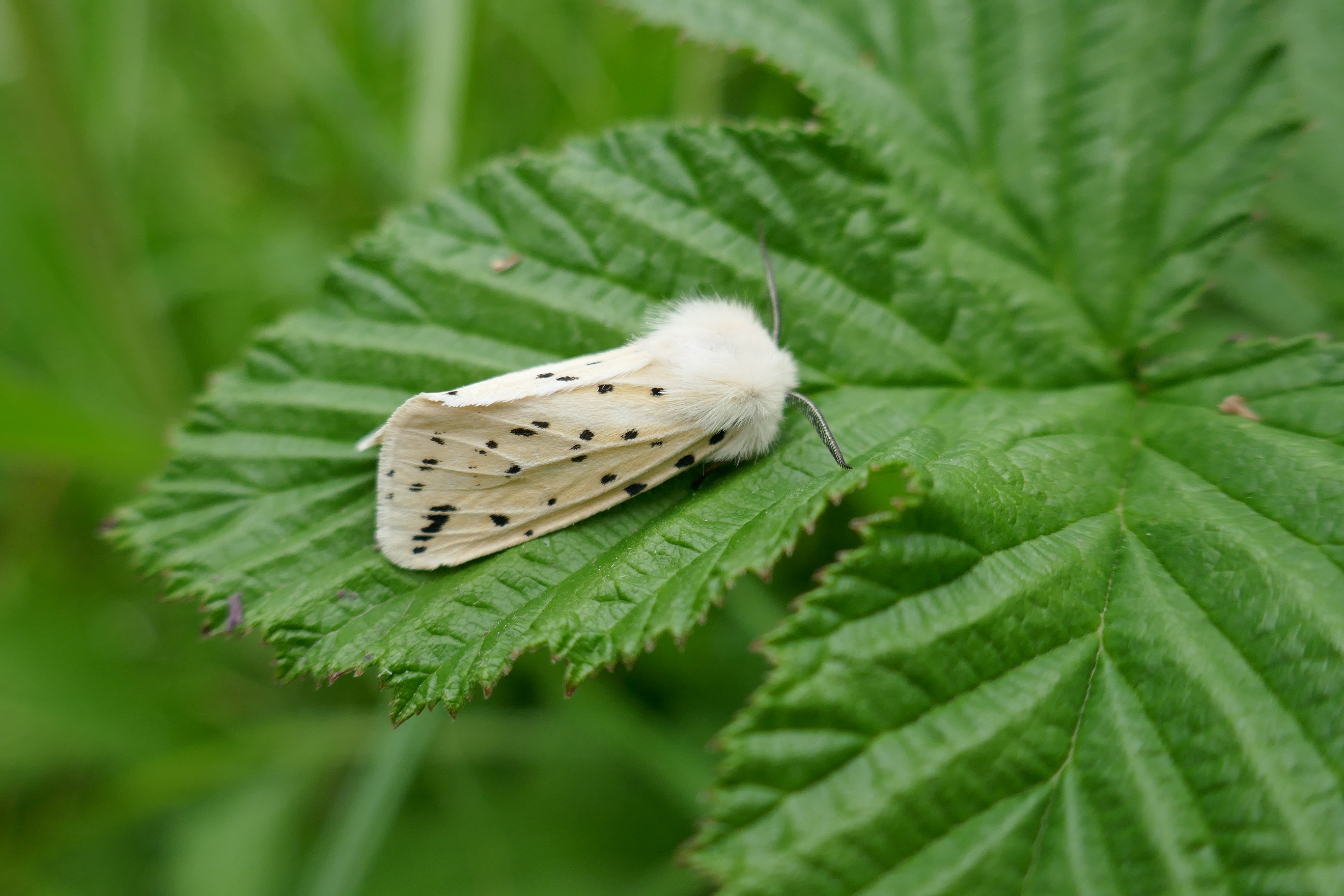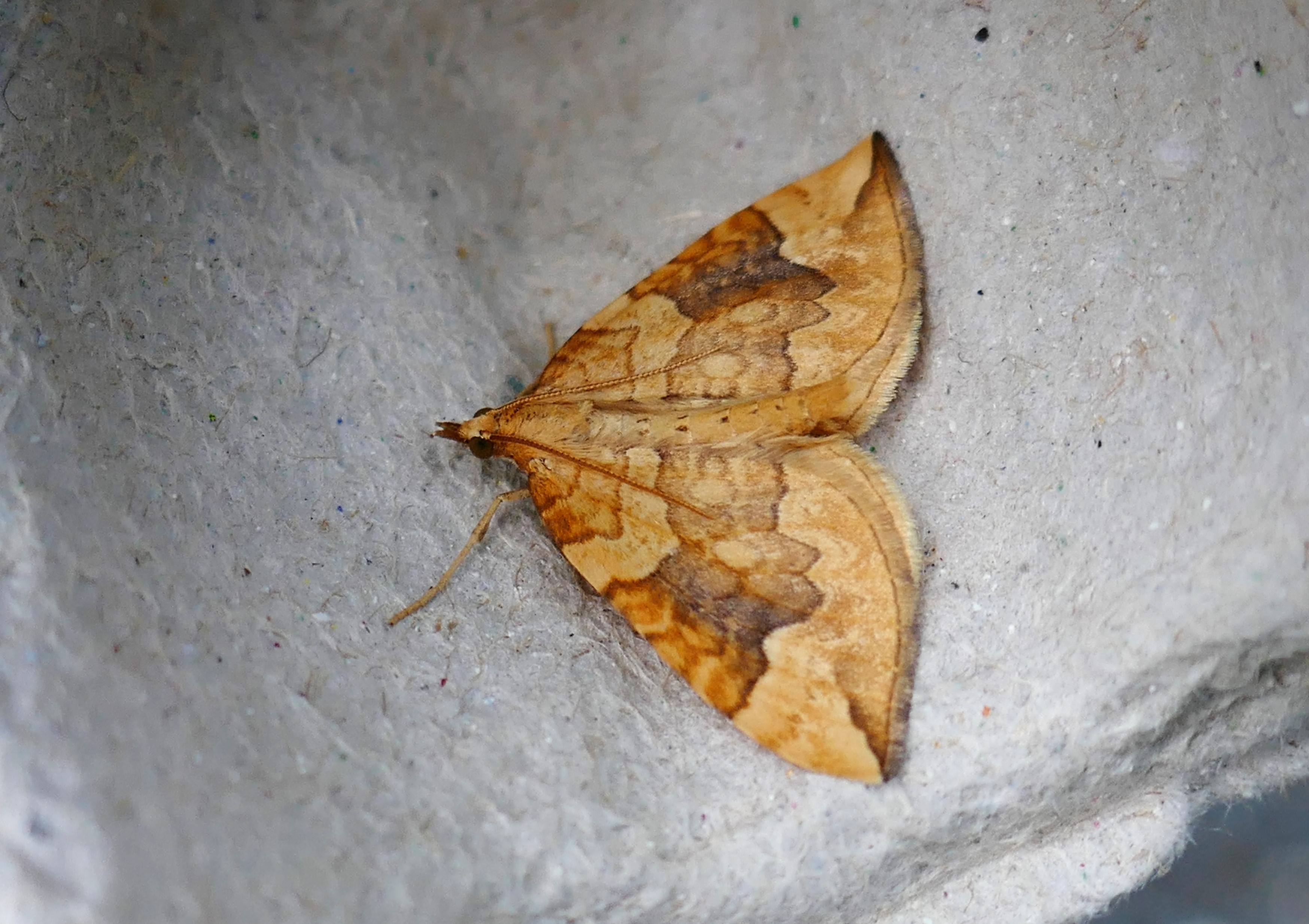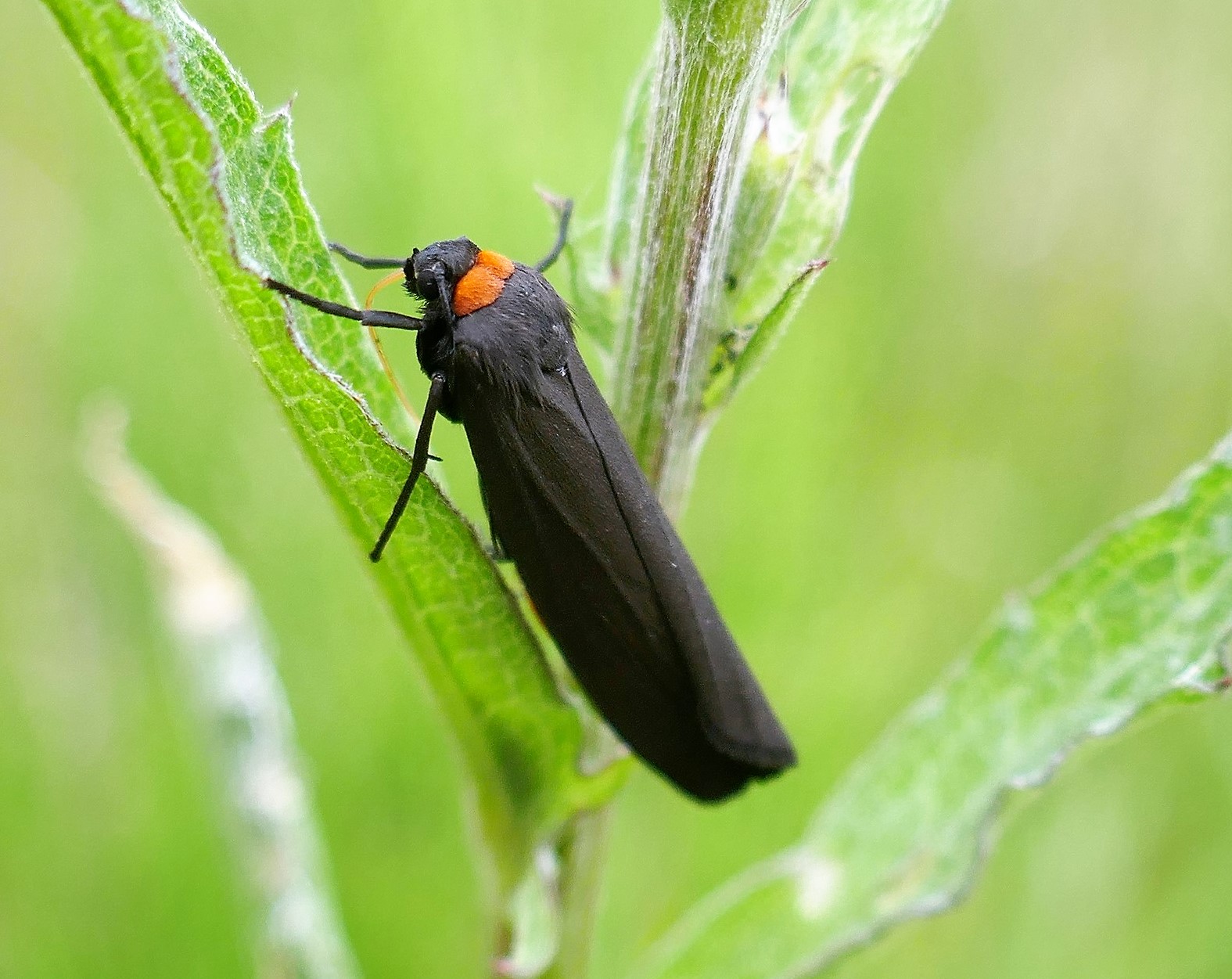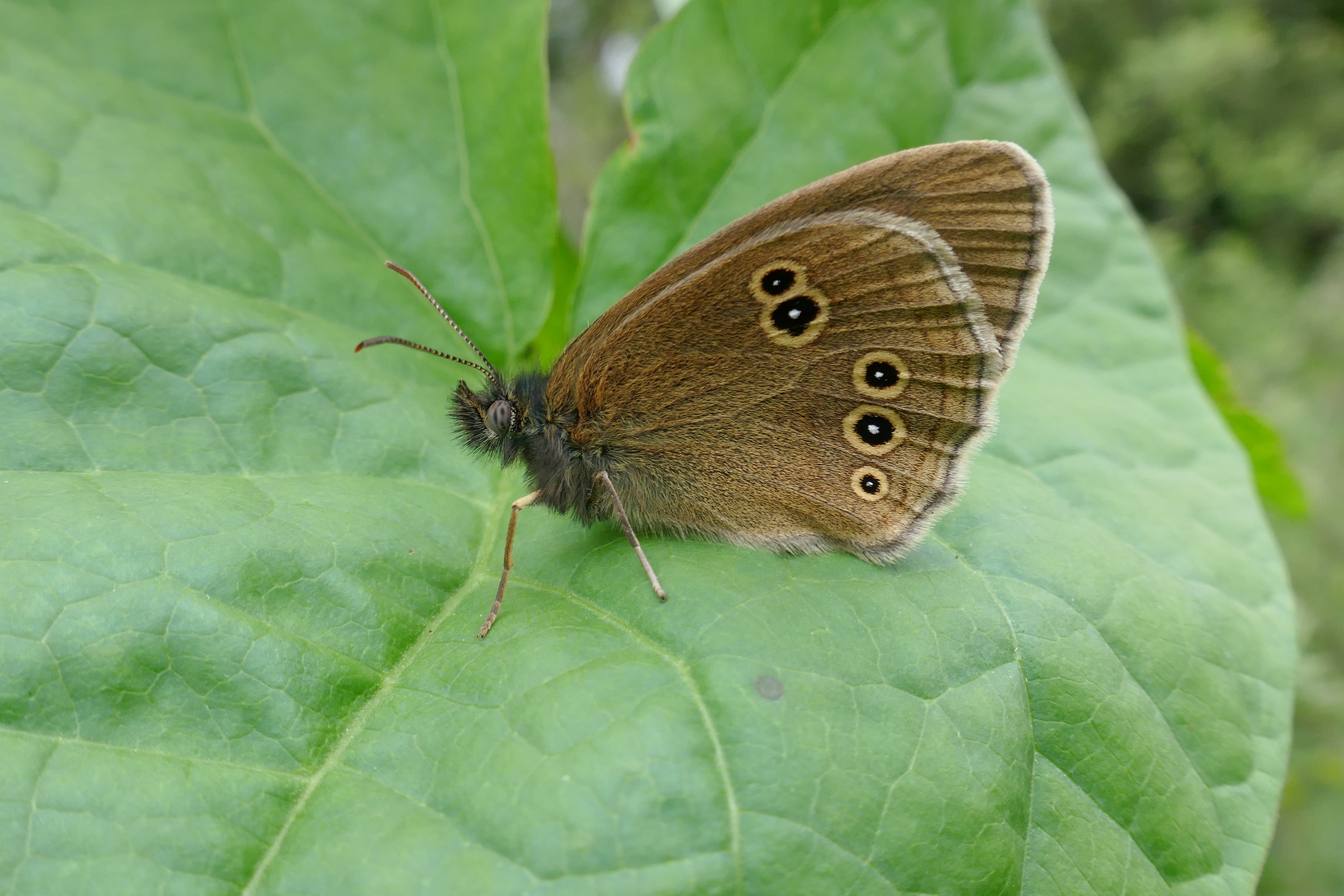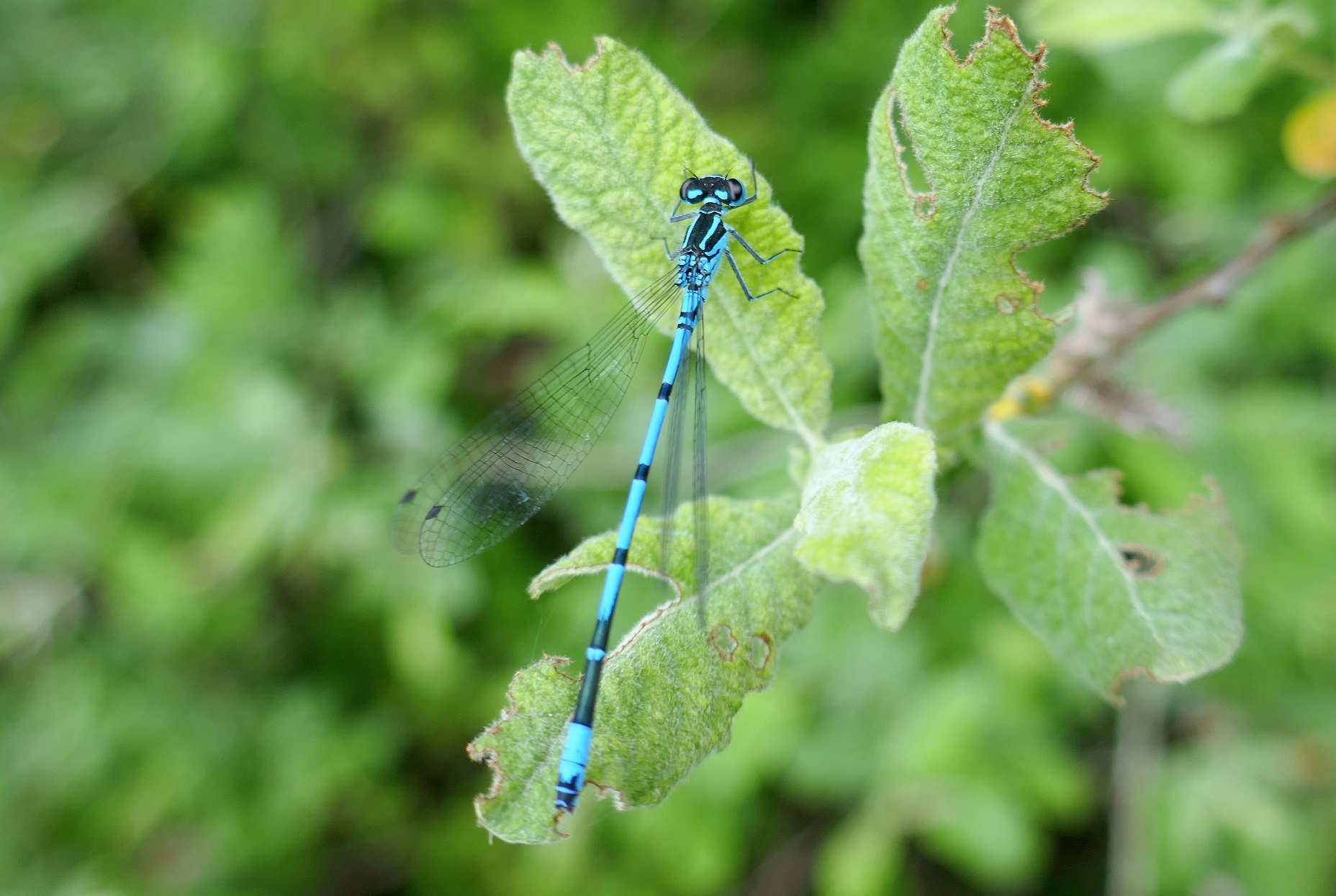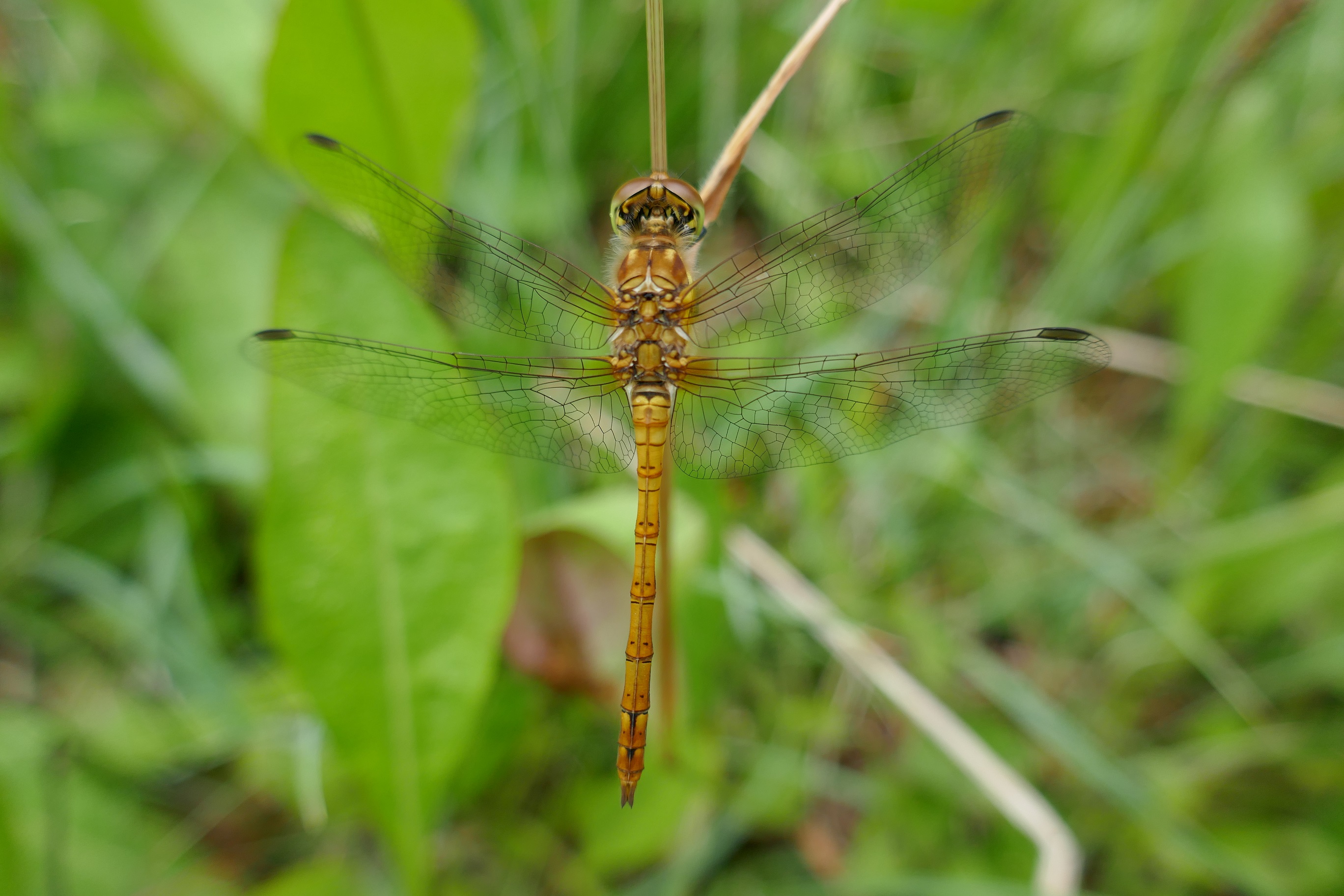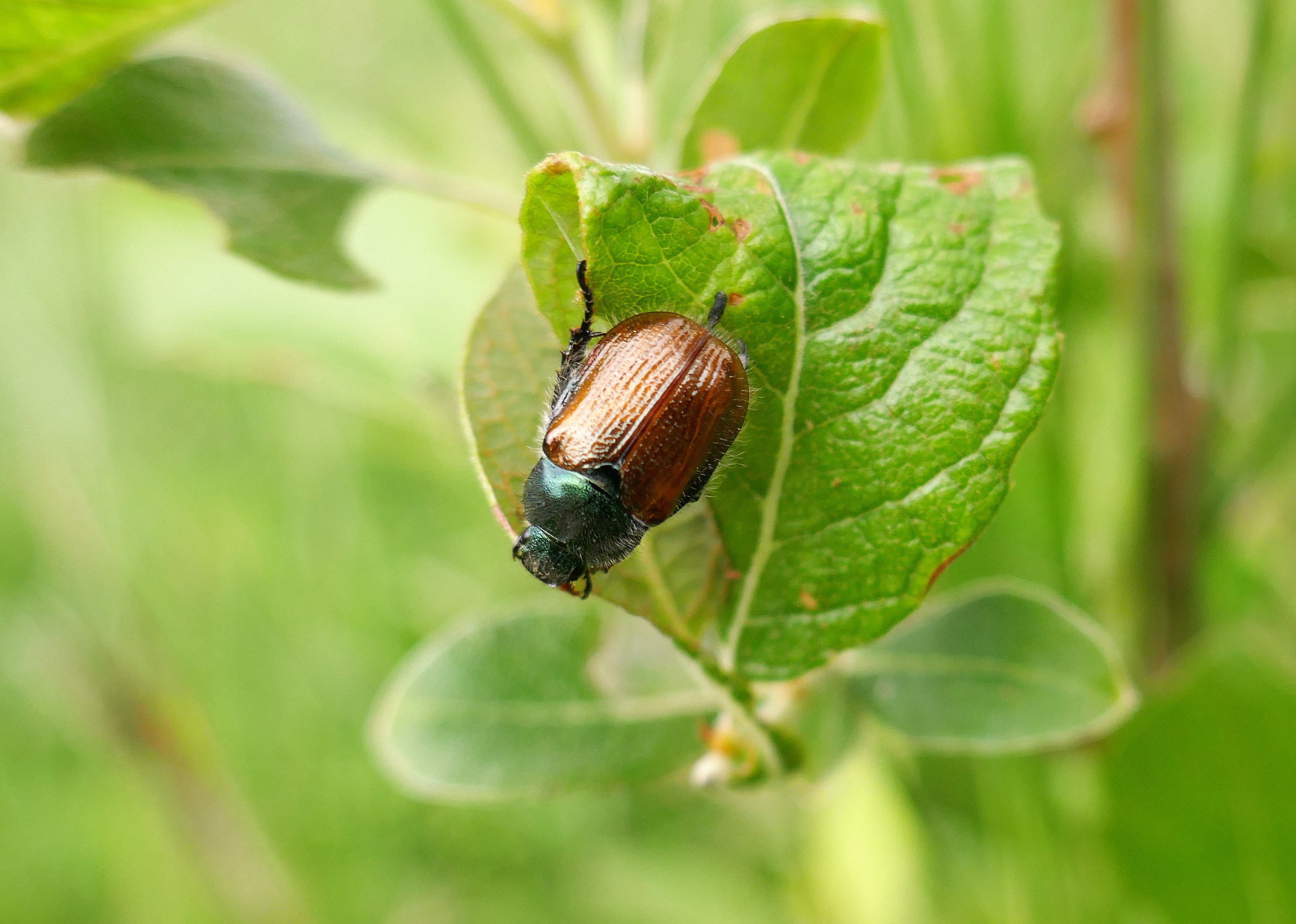Cool nights rarely produce high moth counts because moths, like their diurnal relatives, need heat for activity to take place. The temperatures during the night of June 25th and 26th ranged from lows of six to 10 Celsius, not really optimal for moths. However, winds were very light, and trapping in woodland meant good shelter prevailed, encouraging activity. Prime habitat helps too. The trapping habitat holds a range of trees and shrubs, wild grasses, flowers, and habitats including the adjoining cutaway bog, bog woodland containing bramble and Bilberry, and amenity parkland with shrubs.
We improved our chances by setting several light traps in locations with different conditions to draw in as many species as possible. We were not denied.
While no trap held very high numbers, the area’s species were well represented across the traps with at least 75 species recorded. A few expected species, such as Large Emerald, Green Silver-lines, and Cinnabar, were marked absent. But some lovely moths, such as Elephant Hawkmoth, Poplar Hawkmoth, Buff and White Ermine, Light Emerald, and True Lover’s Knot were found, as well as the rare Waved Carpet. The intriguingly sculpted Scalloped Hook-tip appeared along with the Lesser Swallow and Pale Prominent moths. Great enthusiasm characterised the trap openings, with many lovely photos taken.
Moths are a world apart for humans, very much creatures of the night, of mystery and enigma. Seeing even the small fraction of the 1500 or so species we have generates much wonder, and we have much to admire and much to delight us.
We repaired to the café in the wonderful Lullymore Heritage and Discovery Park which hosted our moth event before setting off for nearby Lullybeg for our butterfly walk.
This was very well-attended, as we were joined by more BCI members and others eager to see what the wonderful Ballydermot Bog Group area has on show,
But it remained cloudy, and few butterflies were spotted. This means one must search more sensitively, more diligently, applying knowledge of the area garnered over years of experience of the good spots. Vegetation must be scrutinised, and additional eyes really help with this.
Happily, we saw a number of species-Common Blue, Meadow Browns, Ringlets, Small Heaths, Clouded Border moths, Silver Hook moths, a Cinnabar, Narrow-bordered Bee Hawkmoth, looking very fresh for late June, the ubiquitous Burnet Companion, as well as the larvae of the Dark Tussock, Oak Eggar, Ruby Tiger, Emperor moth, and Brimstone. We saw several dragonfly/damselfly species too including Common Hawker, Four-spotted Chaser, Blue-tailed Damselfly, and others.
Taking one’s time really enhances the experience of nature as does sharing sightings with people who love nature. The warmth and interest shown by all, and our collective learning, is the day we had.

